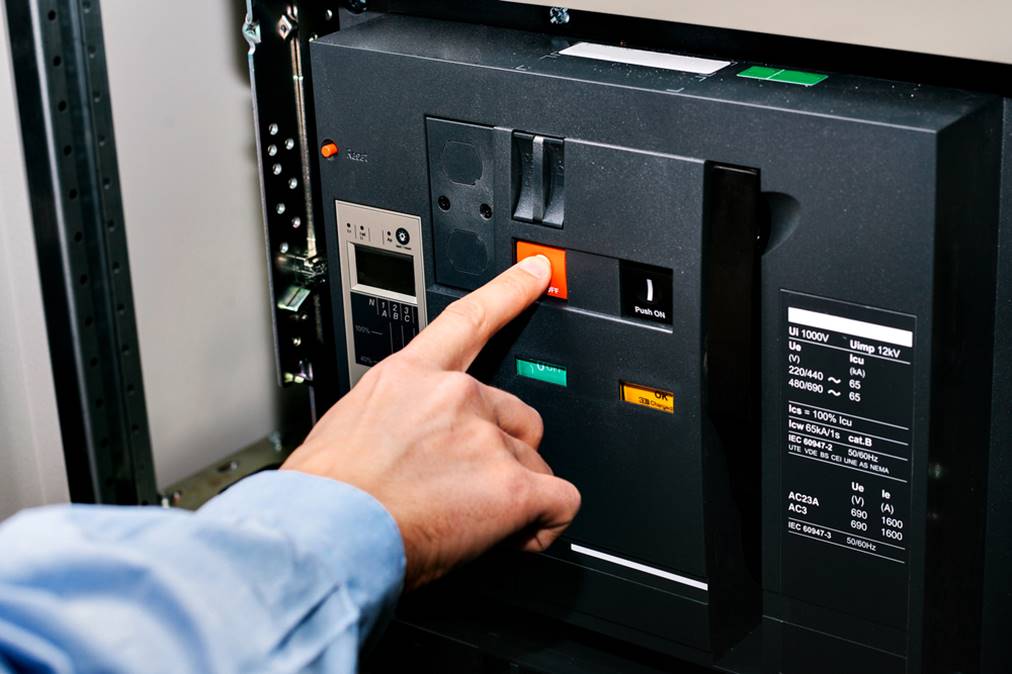Learn Why A UPS System has to Be Compatible With Its Environment
When an industry chooses any UPS for their specific application, they make sure that the installation they choose is suitable for the environment that it is going to be used in. A standard on-line UPS can be used in a controlled environment in the temperature range of 0°C to 40°C.
However, there is an increasing demand for on-line Uninterruptible Power Supply technology in far wider temperature environments. A number of harsh industrial power environments are situated in remote outdoor locations. In these areas the on-line UPS and power sensitive equipment may have to be installed in structures that don’t have climate-controlled systems. Even when these UPS’ are protected from the elements, trying to use a standard system in these environments isn’t really a wise decision as that can cause the system to fail.
Safety Agency Certifications are Important
An Uninterrupted Power Supply may have high power components such as chokes and transformers that can get overheated and result in a system failure or a fire risk. This is why it’s important for you to get the system checked and reviewed by a certified safety agency. They will review the plastic casing components, all the internal components and the circuit board to ensure they are all within their temperature limits & ratings.
If the components are too close to their maximum temperature ratings that can impact the lifespan and reliability of the UPS; in some instances it may result in a total failure of the system as well. If a UPS is to be used in a higher temperature environment, it has to be designed for those specific settings; and the batteries become the first concern. The battery charger of the UPS should also have a temperature compensation to prevent overcharging-related damage in the batteries.
UPS Problems That Can Surface In Extreme Temperatures
The batteries that are used should also have a temperature rating that either meets/exceeds the high & low temperature limits. Depending on the setting they are used in, the different problems that may arise in UPS batteries are:
- The service life of standard UPS batteries will be significantly shortened if they’re operated in a temperature above 40°C.
- If the UPS is used in excessively high temperatures, the plastics that are used in the battery manufacture or in the outer construction of the UPS can crack or become deformed.
- When operated at a temperature of 0⁰C, the battery runtime can easily reduce to less than 50% of its typical value.
- At below -40°C the electrolyte that’s found inside electrolytic capacitors within in the UPS can reduce lower the capacitors’ freeze/capacitance considerably; this results in a rupture of the capacitor’s over-pressure safety vents. In turn, this causes the system’s internal electrolytic capacitors to dry out and result in a UPS failure.
- If the system isn’t rated for the environment it has to function in, that can cause some optical isolators and integrated circuits to malfunction.
- At very low temperatures, the batteries can freeze internally; that results in cracks in the plastic encasement and the batteries can leak acidic electrolyte within the UPS.
Custom-Designed UPS
These are just a few of the problems that can arise in UPS systems that aren’t custom-designed and rated for the temperature they are meant to function in. All reputed UPS manufacturers are now starting to meet this demand and they design and offer UPS products that have much wider range operational temperature specifications and related safety agency certifications.
If you want to know more about our power products and services, don’t hesitate to contact us at KaRaTec Power Supply Pty. You can give us a call at 612 9808 1127. You can also fill in this contact us form and we’ll reply as soon as possible.
Thanks for reading,
Karatec Power Supply Pty
612 9808 1127






